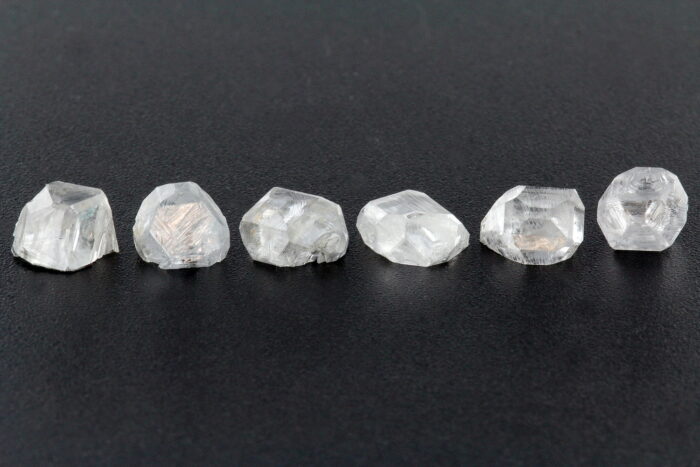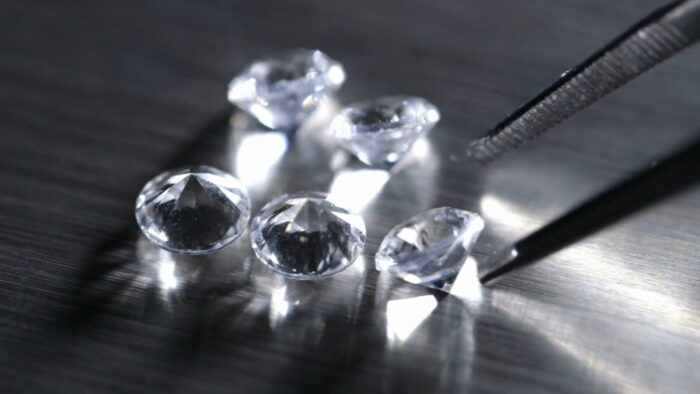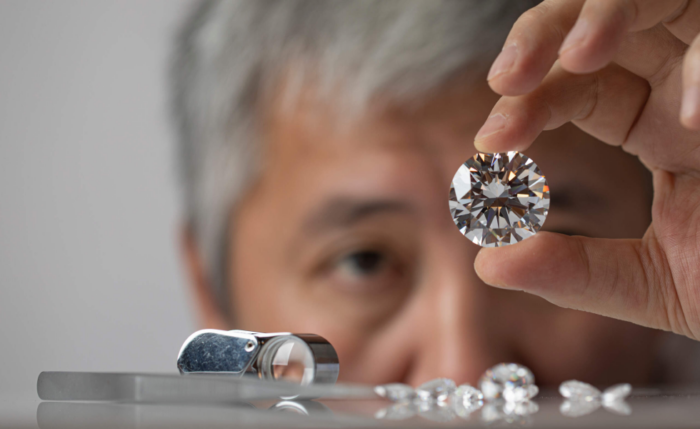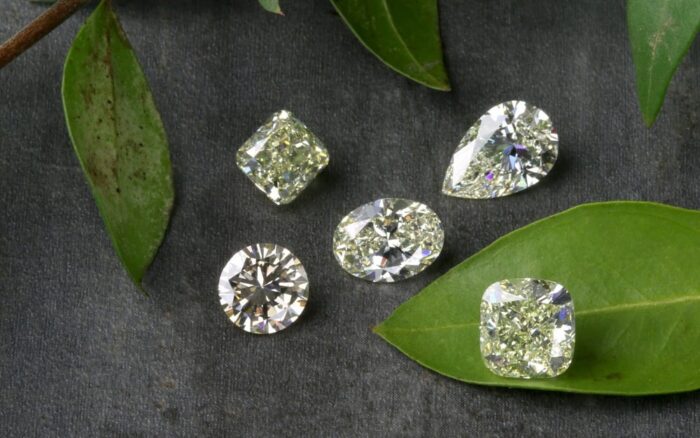Lab-grown diamonds have been around for several decades, but only recently have they become a popular alternative to natural ones. They offer the same sparkle and brilliance as natural ones, but without the ethical and environmental concerns associated with the mining. In this article, we’ll explore the journey of a lab-grown diamond and its creation process, as well as their growing popularity.
Table of Contents
Introduction to Lab-Grown Diamonds: What They Are and How They Are Made

These diamonds are made from a small diamond seed that is placed in a chamber with carbon-rich gasses. The gasses are then heated and pressurized, causing the carbon atoms to bond together and form a diamond crystal. The crystal grows over time, layer by layer, until it reaches its desired size.
Seed Creation: Choosing the Right Seed Material for the Diamond
The seed is an essential component of the lab-grown diamond creation process. It provides the starting point and determines its final outcome. The seed can be made from a natural diamond or from a synthetic material such as cubic zirconia. The seed material is carefully selected based on its quality and purity to ensure that the resulting product is of the highest quality.
Cutting and Polishing: Transforming the Rough Diamond into a Polished Gem
Once the diamond has grown to its desired size, it is removed from the chamber and undergoes a cutting and polishing process. It is cut and shaped using advanced cutting tools to enhance its brilliance and beauty. It is then polished to a high shine, creating a finished gem that is ready for use in jewelry.
Quality Control: Ensuring the Diamond Meets Strict Industry Standards
Lab-grown diamonds undergo rigorous quality control testing to ensure that they meet strict industry standards. These tests include checking its color, clarity, and cut, as well as verifying its weight and size. Ones that do not meet these standards are rejected and either recycled or used for industrial purposes.
Certification and Grading: Determining the Value and Authenticity of the Diamond
Lab-grown diamonds are certified and graded using the same industry standards as natural ones. The Gemological Institute of America (GIA) and other organizations provide certification and grading services for them, allowing consumers to verify the quality and authenticity of their diamonds. The certification process includes a detailed analysis of its characteristics, including its cut, color, clarity, and carat weight.
Ethical and Environmental Considerations: Comparing Lab-Grown and Mined Diamonds

One of the primary benefits of lab-grown diamonds is their ethical and environmental advantages over mined ones. The mining has been associated with human rights violations, environmental degradation, and other negative impacts. Lab-grown ones, on the other hand, are created in a controlled laboratory environment, eliminating many of the concerns associated with the mining process.
Market Trends and Future of Lab-Grown Diamonds: An Overview of Their Growing Popularity and Impact on the Diamond Industry
Lab-grown diamonds are becoming increasingly popular around the world. The demand for them is driven by consumers who are looking for an ethical and environmentally friendly alternative to mined ones. The market for lab-grown diamonds is expected to continue growing in the coming years, as more consumers become aware of their benefits and the technology for creating them improves.
Some industry experts believe that the increasing availability of lab-grown diamonds could lead to a decline in the demand for natural ones, which could have a significant economic impact on countries that rely on their mining for their economies.
However, it’s important to note that lab-grown and natural diamonds are not interchangeable. Natural ones are a finite resource, and their value is determined by their rarity and beauty. Lab-grown ones, while beautiful and high-quality, do not have the same rarity or history as natural diamonds. As such, they may not hold the same sentimental or cultural value as natural ones for some consumers.
Lab grown diamonds UK are becoming increasingly popular, particularly among younger consumers who are more environmentally and socially conscious. Many jewelry brands are now offering them alongside their natural diamond collections, giving consumers more options when it comes to choosing ethical and sustainable jewelry.
How to Choose the Right Lab Grown Diamond for You?

Choosing a diamond, whether natural or lab-grown, is a personal and important decision. When choosing a lab-grown one, there are several factors to consider to ensure you’re getting the best quality stone for your budget.
– First, consider the 4Cs of diamond quality: carat weight, color, clarity, and cut. These factors determine its overall quality and value. Lab-grown diamonds are often priced lower than natural ones of the same quality, so you may be able to afford a larger or higher quality stone than you would with a natural diamond.
– Next, consider its origin and the company that produced it. Look for companies that are transparent about their production methods and adhere to ethical and environmental standards. In the UK, lab-grown diamonds are regulated by the Kimberley Process Certification Scheme, which ensures that they are conflict-free and ethically sourced.
– You should also consider the setting for it, as this can affect the overall appearance and value of the piece. Look for a setting that complements the diamond and is durable enough for everyday wear.
– Finally, consider the overall design and style of the piece. Choose a piece that reflects your personal style and tastes, whether that’s a classic solitaire ring or a more modern, unique design.
Summary
In conclusion, lab-grown diamonds are a fascinating alternative to natural ones, created through advanced technology in a controlled laboratory environment. They offer a range of benefits, including ethical and environmental advantages, and are becoming increasingly popular around the world. While they may not hold the same cultural or sentimental value as natural ones, they are an excellent option for consumers looking for high-quality, sustainable, and socially responsible jewelry. So, whether you’re looking for lab-grown or natural diamonds, it’s important to do your research and choose a reputable and ethical jeweler that you can trust.

